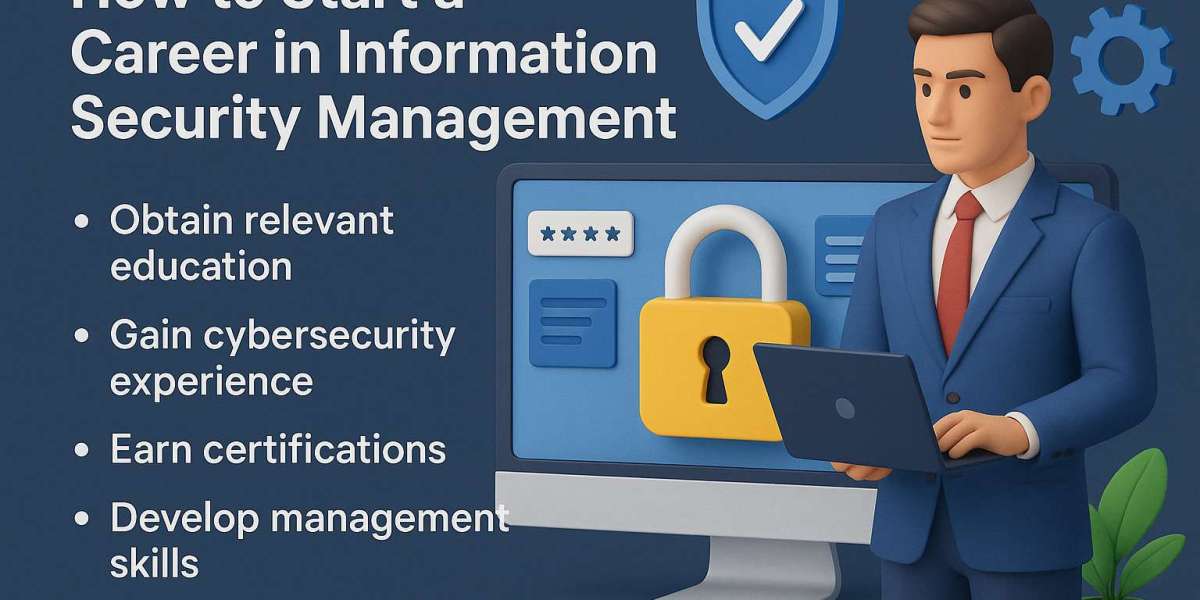In today’s digital-first world, cybersecurity has become one of the most critical areas in business operations. With increasing threats and data breaches, organizations are seeking professionals who can safeguard their information systems effectively. This growing demand has made Information Security Management a rewarding career path for IT professionals. If you’re aspiring to step into this field, earning globally recognized credentials like CISM Certification can be the key to unlocking your potential.
Understanding Information Security Management
Information Security Management (ISM) focuses on protecting an organization’s data, assets, and technologies from potential risks. Professionals in this domain develop and implement policies, identify vulnerabilities, and ensure compliance with security standards. The role demands both technical knowledge and strategic thinking — bridging the gap between IT and business goals.
Step 1: Build a Strong IT Foundation
Before pursuing a career in ISM, you need a solid foundation in IT systems, networking, and cybersecurity basics. Many professionals begin as system administrators, network engineers, or IT support specialists. These roles help you understand how systems work, which is crucial for identifying security loopholes later in your career.
Step 2: Gain Hands-On Security Experience
Practical experience is invaluable in information security. Start by participating in vulnerability assessments, security audits, or risk management projects within your organization. Exposure to real-world incidents, compliance frameworks, and data protection strategies will give you the confidence to handle complex security challenges.
Step 3: Pursue the Right Certification
To stand out in this competitive field, specialized certification is essential. NovelVista’s CISM Certification (Certified Information Security Manager) is one of the most respected credentials in information security management. Designed for mid-level and senior professionals, the CISM Course focuses on four key domains — information security governance, risk management, program development, and incident management.
This globally recognized certification demonstrates your ability to align security initiatives with business objectives, making you a valuable asset for organizations seeking strategic security leadership.
Step 4: Enroll in Professional CISM Training
To succeed in the CISM exam, structured learning is vital. CISM Training offers an interactive, expert-led approach that covers the latest ISACA syllabus and real-world case studies. The training helps you understand not just the theory, but how to apply it in day-to-day operations. It’s ideal for IT professionals, security consultants, and compliance managers aiming to advance into leadership roles.
Step 5: Stay Updated and Network
Information security is a constantly evolving field. Stay current with emerging technologies, frameworks, and threats through continuous learning and industry networking. Join professional forums, attend security conferences, and engage with peers to exchange knowledge and insights.
Final Thoughts
Starting a career in Information Security Management requires commitment, skill development, and the right certification. With CISM Certification, you gain the expertise to design, manage, and oversee an organization’s information security program — opening doors to roles like Information Security Manager, IT Risk Consultant, or Security Governance Specialist.
If you’re ready to future-proof your IT career, investing in a CISM Course and professional CISM Training is the smartest step toward becoming a recognized leader in information security management.



